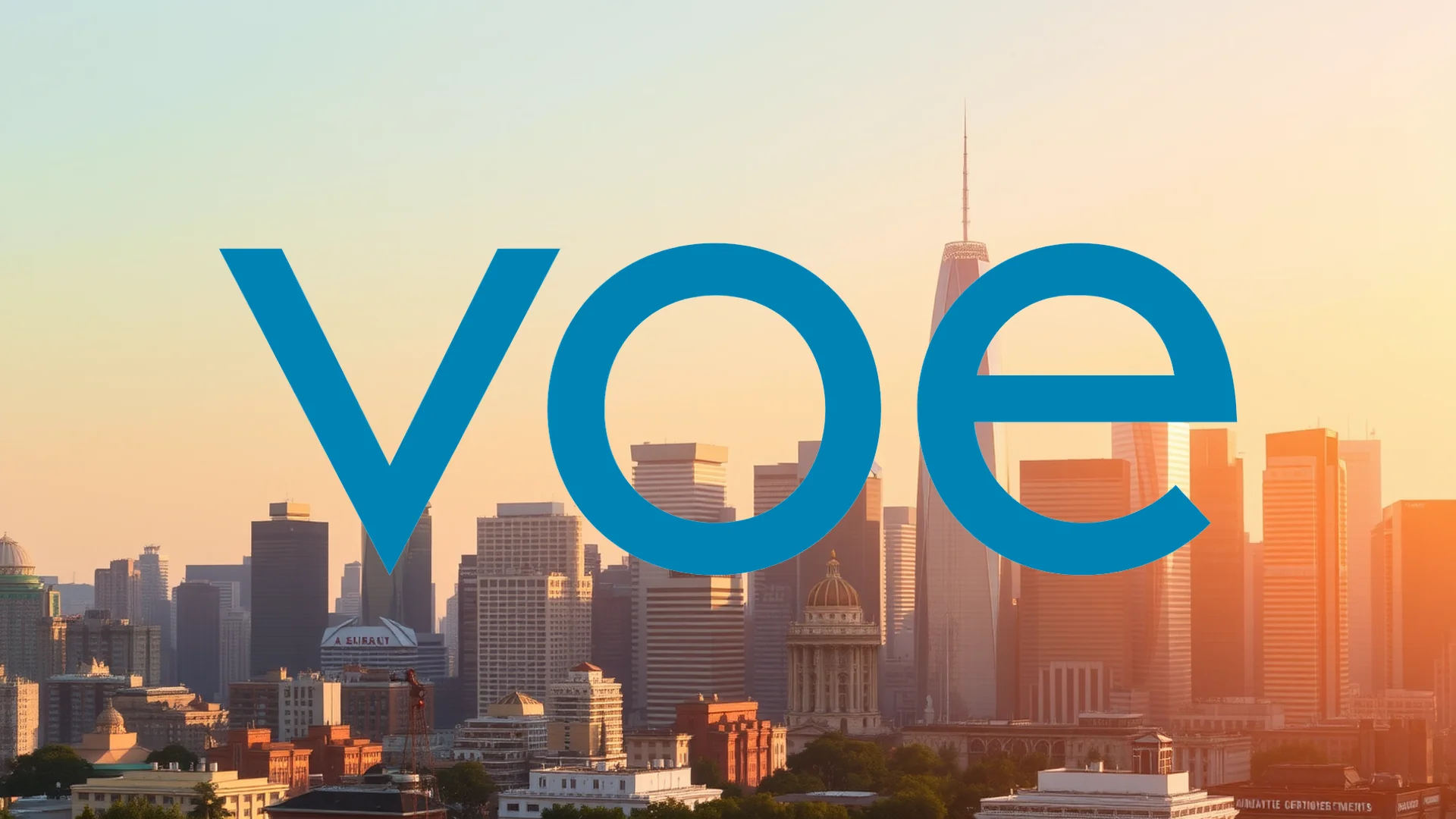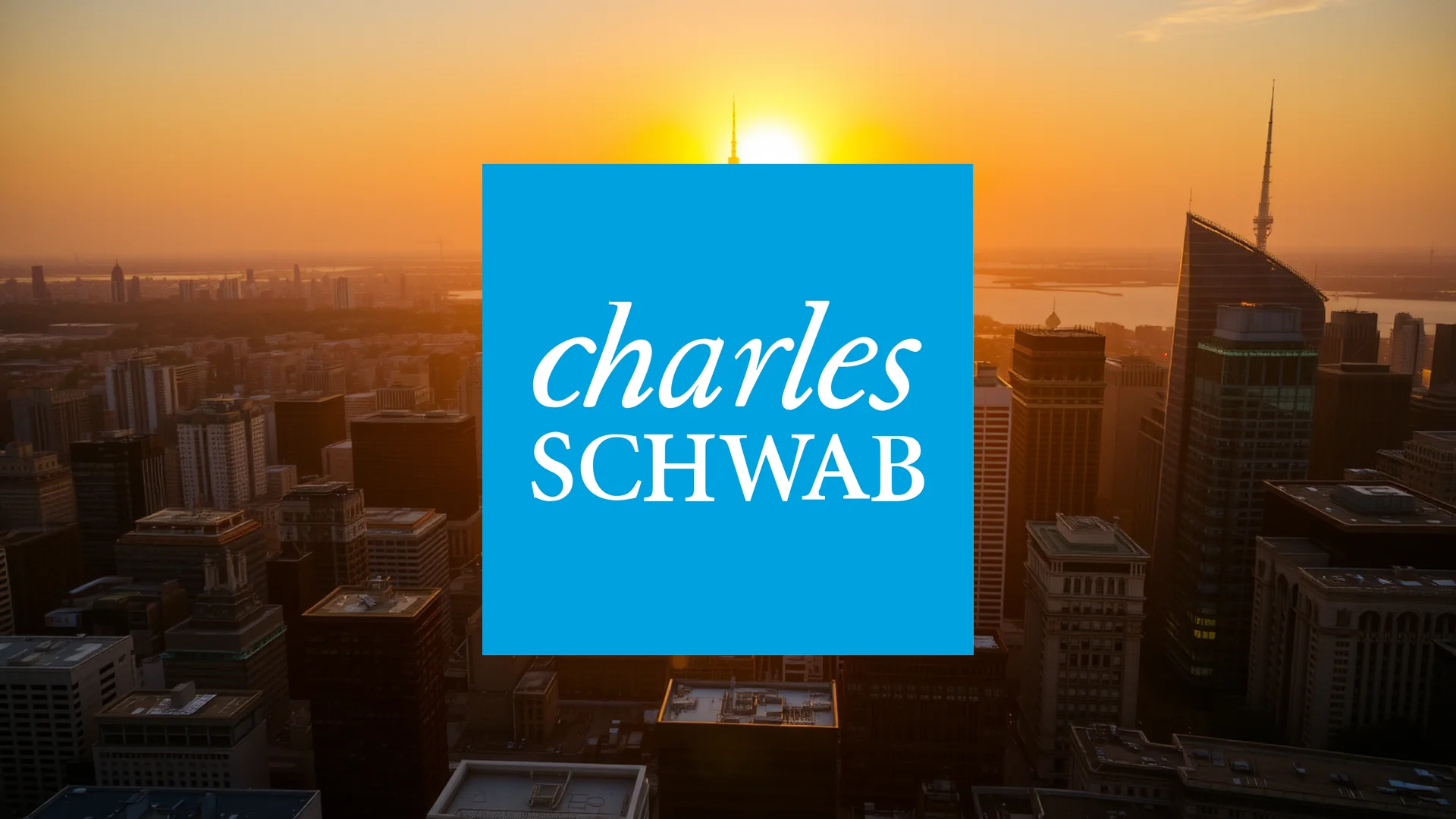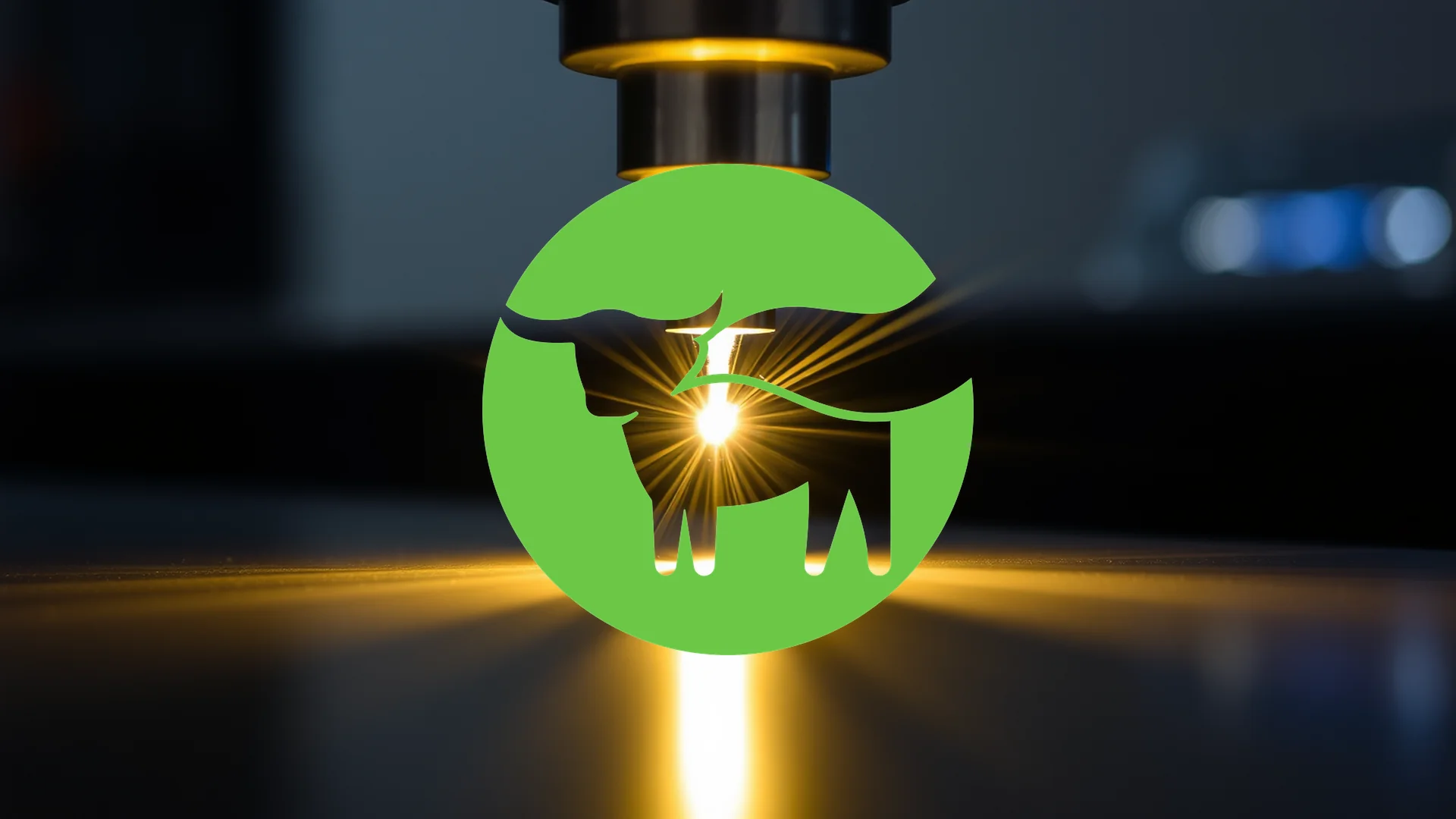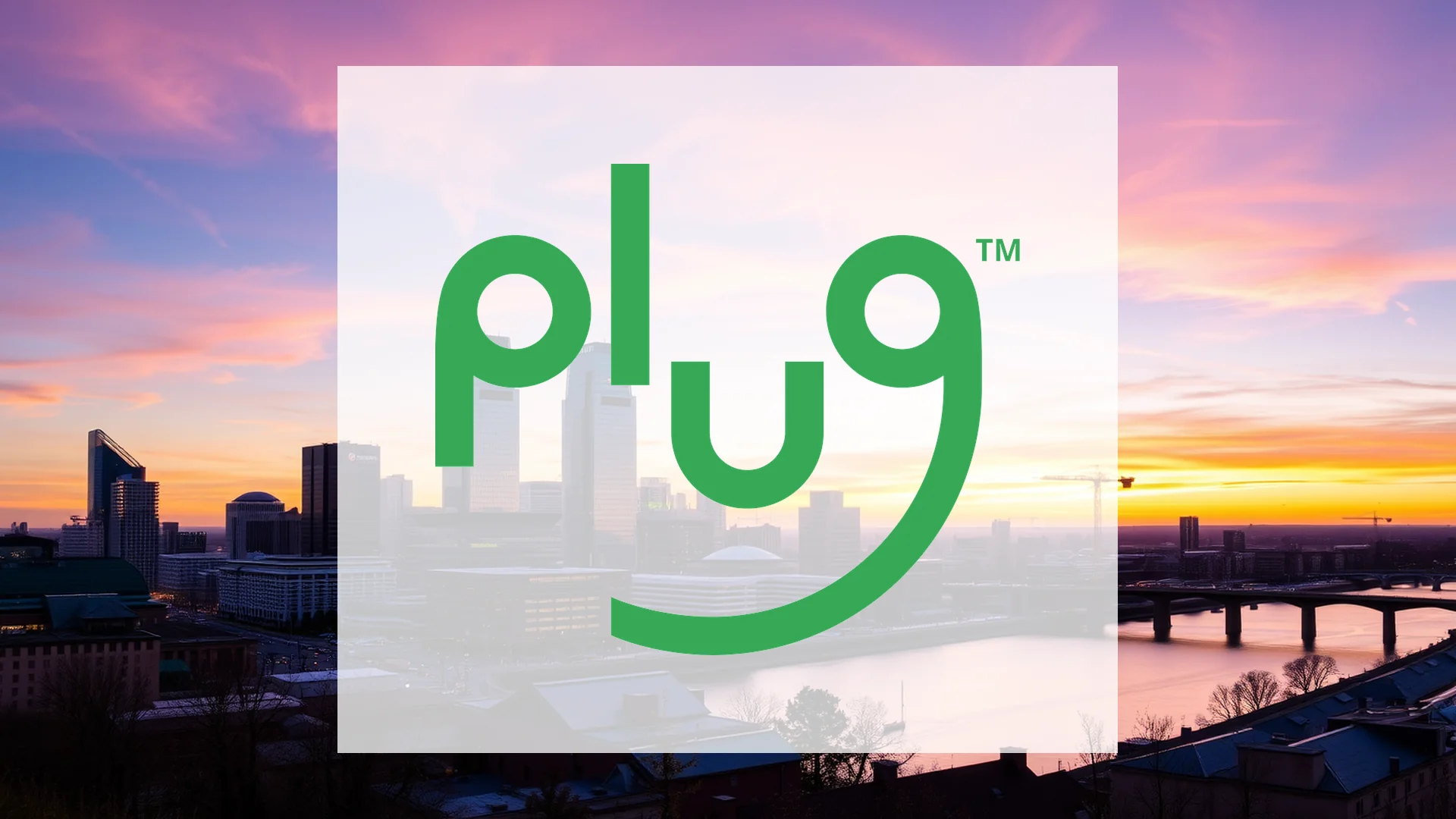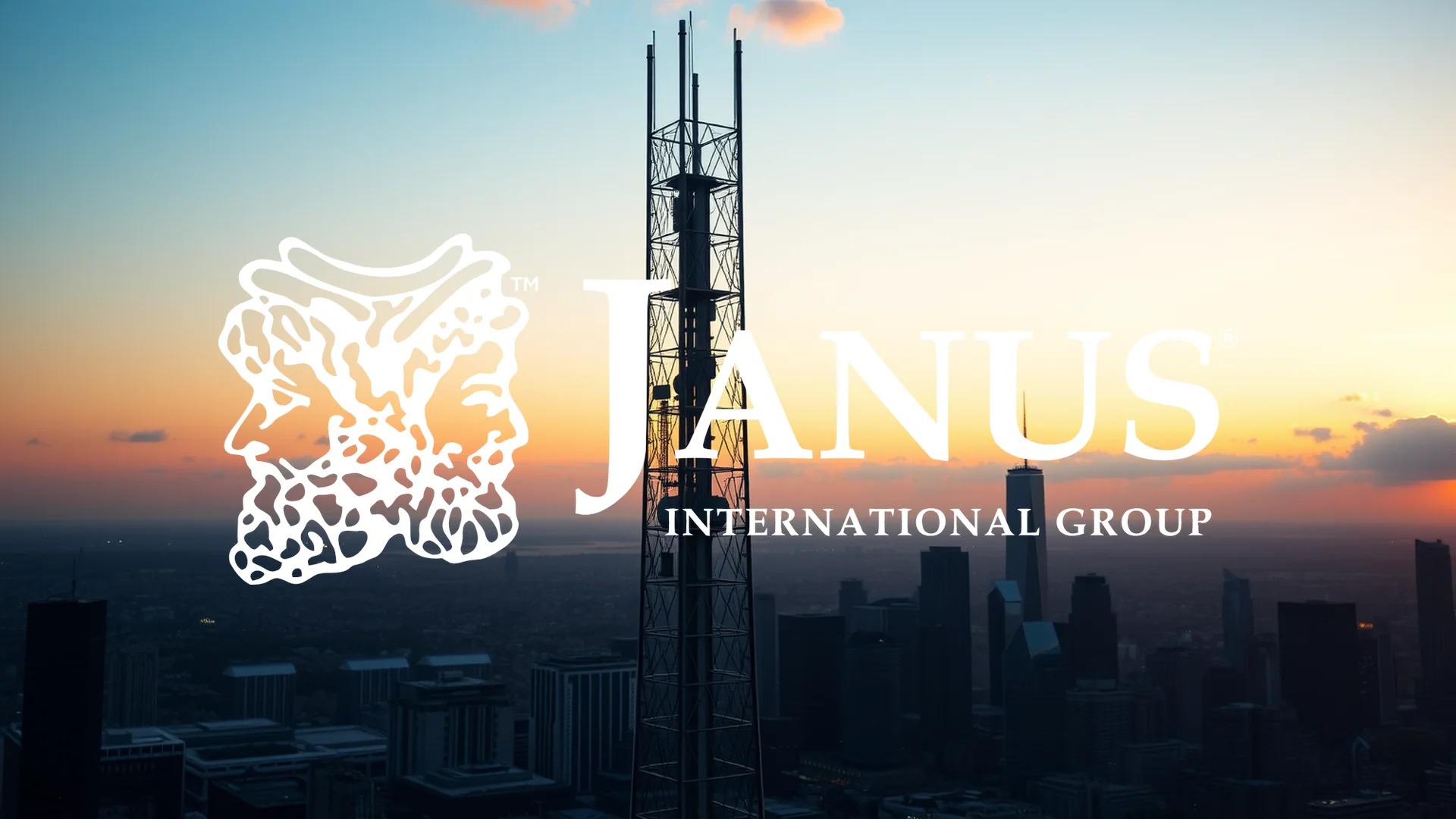While Procter & Gamble shares plunged to a new 52-week low of $146.95 on November 4th, institutional investors have responded with notable composure. In fact, they are actively increasing their holdings. This divergence prompts a crucial question: what insights do these professional market participants possess that the broader investment community might be overlooking? An examination of the consumer goods behemoth’s financial performance and strategic direction reveals why sophisticated investors may be interpreting this downturn as a potential buying opportunity.
Strategic Financing and Restructuring Initiatives
Demonstrating proactive financial management, Procter & Gamble capitalized on prevailing market conditions by concluding a combined bond offering on November 3rd. The issuance comprised €1 billion, allocated across notes maturing in 2033 and 2045, alongside a $1.25 billion tranche with maturities in 2032 and 2035. This strategic capital raise is designed to bolster the company’s operational flexibility.
Concurrently, management has unveiled a comprehensive restructuring strategy. The plan involves the elimination of up to 7,000 positions in non-manufacturing roles. The anticipated cost savings from this initiative are earmarked for reinvestment into innovation and growth projects, a move expected to provide support for profit margins in the medium term.
Quarterly Performance Exceeds Expectations
Procter & Gamble’s financial results for the first quarter of its 2026 fiscal year comfortably surpassed market projections. The company reported earnings per share of $1.99, outperforming the consensus estimate of $1.90. Revenue generation was equally robust, reaching $22.4 billion against analyst expectations of $22.18 billion.
Should investors sell immediately? Or is it worth buying Procter & Gamble?
A closer look at the key performance indicators reveals:
* A year-over-year increase in organic sales growth of +2%
* Core earnings per share advanced by +3% compared to the prior year
* Confirmation of the annual guidance, projecting organic growth between 0% and 4%
This solid performance was achieved against a challenging global market backdrop, where growth has slowed to approximately 2%, notably below the historical range of 3-4%. Despite a minor market share contraction of 30 basis points, the company continues to demonstrate resilience within a highly competitive landscape.
Analyst Consensus Points to Significant Upside
The institutional confidence appears to be shared by equity researchers. The consensus price target from 18 market experts sits at an average of $169.31 for the coming twelve months, implying a potential upside of roughly 12.6% from current price levels. The spectrum of individual estimates ranges from a conservative $153 to a bullish $180.
In a significant endorsement, the Swiss investment bank UBS has reaffirmed its “Buy” recommendation, attaching a price objective of $176. Their analysis underscores Procter & Gamble’s superior “earnings flexibility compared to most” of its industry peers. Furthermore, UBS notes that the stock’s current valuation premium relative to other multinational consumer staples companies remains consistent with its two-year average.
Ad
Procter & Gamble Stock: Buy or Sell?! New Procter & Gamble Analysis from December 20 delivers the answer:
The latest Procter & Gamble figures speak for themselves: Urgent action needed for Procter & Gamble investors. Is it worth buying or should you sell? Find out what to do now in the current free analysis from December 20.
Procter & Gamble: Buy or sell? Read more here...


